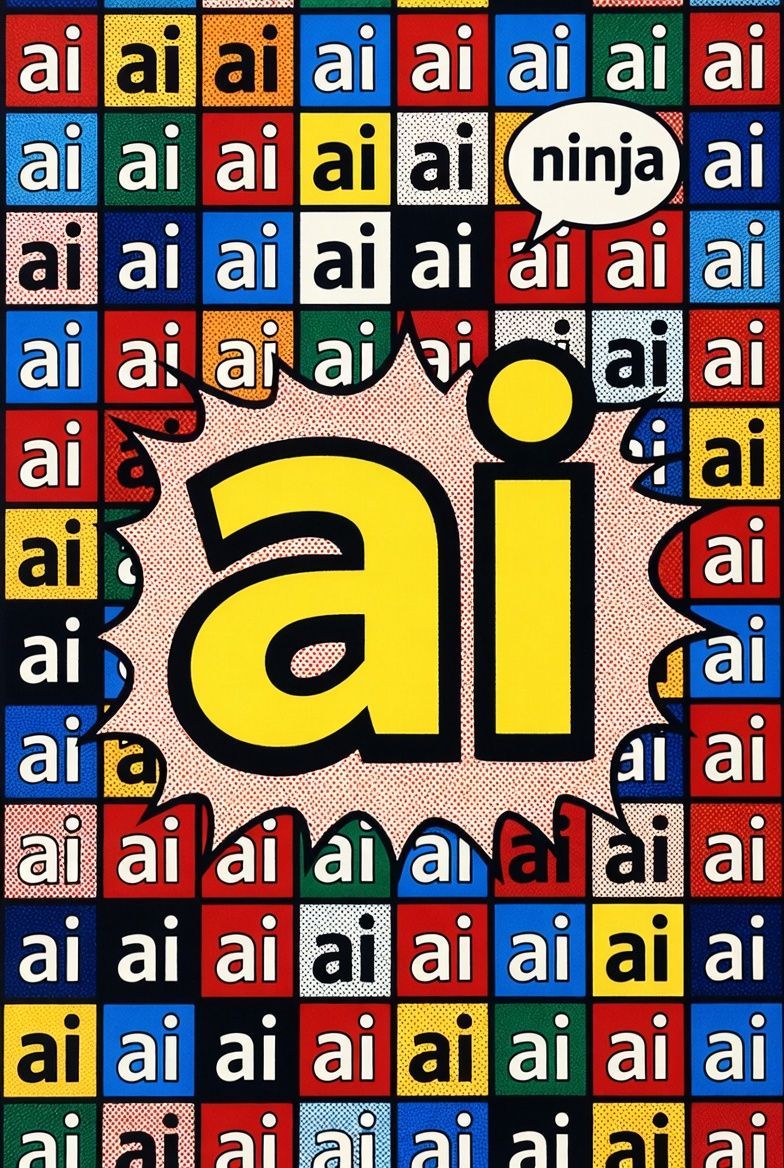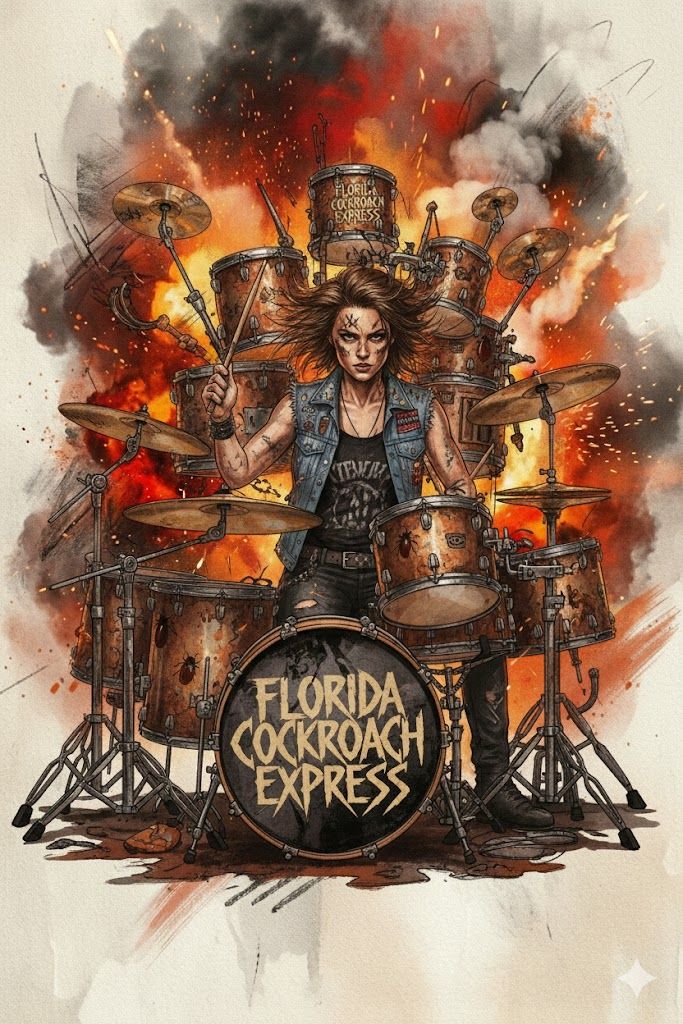Orlando and Central Florida's Best AI SEO Digital Marketing Agency
AI Marketing & Automation: When Strategy Starts Thinking for Itself
TL;DR
What happens when marketing stops guessing and starts learning?
AI marketing and automation turn every customer touchpoint into a feedback loop that thinks, adapts, and improves on its own.
From content creation to lead scoring, email timing to ad optimization — AI doesn’t just automate tasks; it amplifies intelligence.
1. What Happens When Marketing Thinks Faster Than You Do?
Can your campaigns predict what your audience wants before they click?
Can your emails adapt their tone to match the reader’s intent?
Can your ad spend shift automatically toward high-converting segments while you sleep?
That’s AI marketing: data that doesn’t just sit there — it decides.
2. Is Automation Replacing Creativity — or Releasing It?
When was the last time your team built a campaign without drowning in repetitive busywork?
If AI handles the grunt work — A/B testing, scheduling, segmentation — what could your creative team do with all that reclaimed time?
AI isn’t the enemy of creativity. It’s the oxygen that keeps it burning.
3. Are You Still Guessing What Works?
If your strategy meetings still start with “let’s see what happens,” you’re behind.
AI marketing systems now run predictive models that learn which messages, visuals, and offers perform best — before you spend a dollar.
So, why are you still relying on intuition when you could rely on evidence?
4. How Does AI Know Your Audience Better Than You Do?
Every click, scroll, dwell time, and bounce is a signal.
Are you collecting it?
Are you teaching your system what engagement means for your niche, your product, your people?
AI doesn’t just segment audiences; it recognizes behavioral clusters — patterns invisible to human analysts.
5. Is Automation Just Efficiency — or Evolution?
Automation used to mean “less human effort.”
Now it means “more adaptive intelligence.”
Does your CRM automatically prioritize leads most likely to close?
Does your email engine rewrite subject lines based on past open rates?
Does your chatbot remember each conversation and adjust tone by context?
If not, you’re automating tasks, not outcomes.
6. What’s the Difference Between Data and Understanding?
You can have a terabyte of analytics and still know nothing.
Does your AI system know why people convert?
Does it know which tone makes them trust you?
Does it understand when interest drops — and why?
Data is the alphabet. AI is literacy.
7. How Does AI See Your Brand?
Have you ever asked ChatGPT, Gemini, or Perplexity to describe your company?
Does the answer sound accurate?
If not, your brand data isn’t consistent enough.
AI doesn’t just mirror what you publish — it merges every public signal, every inconsistency, every tone mismatch.
8. Are Your Workflows Reactive or Predictive?
Do you only act after performance drops?
Why not have AI forecast churn before it happens, identify seasonal patterns, or flag when creative fatigue begins?
Predictive AI doesn’t just react — it prepares.
9. What Does an AI-Powered Funnel Look Like?
Imagine:
• Website analytics feeding your CRM in real time.
• Chatbots qualifying leads while content engines write personalized follow-ups.
• AI-driven ads shifting budget to outperforming audiences automatically.
Is that futuristic — or just overdue?
10. How Local Can AI Marketing Get?
Can your automation recognize when someone in Tampa reads your blog versus someone in Miami?
Can it adjust calls-to-action to match regional slang or service availability?
AI can personalize down to the ZIP code — if you feed it the right structure.
11. What’s the Cost of Not Automating?
How many hours does your team spend copying data between tools, writing reports, or tagging campaigns manually?
Now multiply that by 12 months.
Then ask: what’s the opportunity cost of not teaching your system to handle it?
⸻
12. What Does “AI Fluency” Mean for Marketers?
Do your marketers understand how machine learning models score leads, cluster audiences, or generate recommendations?
Are they prompt-literate?
Can they tell when an algorithm is biased — or when it’s right?
AI fluency is the new literacy of leadership.
⸻
13. Can AI Automate Without Dehumanizing?
How do you balance precision with empathy?
If AI writes your emails, are they still personal?
If it handles chat, do customers still feel heard?
The best automation doesn’t remove humanity — it scales it.
⸻
14. Is Your Tech Stack Talking to Itself?
Does your CRM speak to your email platform, which syncs with your analytics dashboard, which connects to your ad network?
Or are they siloed islands with half-broken bridges?
AI thrives on integration. Disconnected systems starve it of context.
⸻
15. What’s the ROI of Predictive Decision-Making?
How much faster would you make marketing decisions if AI filtered noise for you?
What if it told you, “These campaigns will underperform next week” — and it was right?
The ROI isn’t just in revenue. It’s in regained time and reduced uncertainty.
⸻
16. Can AI Replace Your Agency?
Not yet — but it can expose which agencies are faking it.
AI won’t replace experts; it’ll replace amateurs pretending to be experts.
If your agency still manually pulls analytics reports, you’ve already outgrown them.
⸻
17. What’s the Ethical Line in AI Marketing?
Are you transparent about AI-generated content?
Do your automations respect privacy, consent, and data boundaries?
Are you building trust or tricking the algorithm?
Ethical clarity is now part of brand visibility.
⸻
18. How Do You Train AI for Your Brand Voice?
Does your AI understand tone, humor, empathy, and authority?
Have you fed it enough branded examples?
Or does every message sound “AI-ish”?
AI learns from what you give it — so give it you.
⸻
19. How Will AI Marketing Evolve Next Year?
Expect fewer dashboards, more dialogue.
You won’t log into platforms — you’ll talk to them.
You’ll say, “Show me what’s converting in Tampa this week,” and it will tell you — instantly.
The marketer becomes the conductor, not the operator.
⸻
20. How Do You Start Building Your AI Marketing System?
Start by asking better questions:
– What data do we already have?
– What patterns can we predict?
– What tasks waste the most creative energy?
Then connect your stack: CRM → Analytics → Content Engine → Automation Hub.
Once those talk, the system learns.
⸻
AI Marketing & Automation FAQ (40 Questions + Answers)
1. What’s the core goal of AI marketing?
To make every campaign self-improving through data feedback.
2. Does AI replace marketers?
No — it replaces repetitive decisions, not strategic ones.
3. How does automation impact conversion rates?
By delivering personalized timing and messaging at scale.
4. Can AI predict which leads will convert?
Yes, with enough clean CRM data and behavioral history.
5. What’s “predictive content”?
Content automatically generated or selected based on audience behavior.
6. How does AI know when to send an email?
By analyzing open rates, click history, and user activity patterns.
7. Can AI handle ad budget allocation?
Yes. Many systems automatically shift spend to top-performing audiences.
8. How does AI improve customer retention?
Through churn prediction, behavior tracking, and personalized follow-ups.
9. Is AI good for small businesses or just enterprise?
It’s scalable — small firms benefit most because it levels the playing field.
10. How does AI choose which content to show each visitor?
Through real-time personalization based on behavior and demographic signals.
11. What’s the difference between marketing automation and AI marketing?
Automation executes; AI learns and improves.
12. Can AI write blog posts or ads effectively?
Yes, but they still need human oversight for nuance and accuracy.
13. What data powers AI marketing?
CRM data, web analytics, purchase history, and engagement metrics.
14. What’s the biggest challenge with automation?
Integration — disconnected systems kill performance.
15. How does AI handle customer segmentation?
Through clustering algorithms that find hidden behavioral groups.
16. Is AI marketing expensive to implement?
Not anymore — costs drop as tools become modular and cloud-based.
17. How do I measure AI marketing ROI?
Compare lift in conversion, engagement, and cost per acquisition before vs. after deployment.
18. What’s the ethical risk in AI marketing?
Data misuse, bias reinforcement, and lack of disclosure.
19. Can AI improve local marketing performance?
Yes — it personalizes messaging based on location and cultural context.
20. How often should automation workflows be reviewed?
Quarterly, or whenever a campaign underperforms unexpectedly.
21. What’s “AI drift” in marketing?
When your models’ predictions degrade over time due to outdated data.
22. How do I prevent AI drift?
Retrain models regularly and keep feeding new data.
23. Can AI handle cross-channel attribution?
Yes — it tracks multi-touch journeys more accurately than static analytics.
24. What tools integrate AI automation well?
HubSpot, ActiveCampaign, Salesforce Einstein, Zapier, n8n, and NinjaAI’s custom stack.
25. How fast can I see results?
Within weeks for automation efficiency; months for predictive model maturity.
26. Can AI generate video or visual ads automatically?
Yes, tools like Veo, Runway, and Midjourney can now handle it with branded inputs.
27. How does AI personalization affect trust?
When done transparently, it deepens it; when hidden, it breaks it.
28. Does AI marketing work for B2B?
Absolutely — B2B buying cycles benefit from predictive nurturing and scoring.
29. Can AI automate influencer marketing?
Partially — discovery and vetting can be automated; relationships can’t.
30. How can AI boost SEO and AEO synergy?
By aligning content generation with real search intent and conversational phrasing.
31. What’s the link between AI automation and data privacy?
You must collect less but understand more — compliance meets intelligence.
32. Can AI rewrite my sales emails for tone and conversion?
Yes, and it should test variations to learn which tone converts best.
33. What’s the biggest misconception about automation?
That it’s “set and forget.” The best systems evolve constantly.
34. How does AI handle seasonal campaigns?
By detecting patterns and predicting optimal launch windows.
35. Can AI replace creative directors?
Never. It can suggest ideas, not vision.
36. How does AI make customer journeys smoother?
By connecting every channel — chat, email, ad, website — into one adaptive experience.
37. Should AI handle customer support follow-ups?
Yes, but under clear brand tone and escalation rules.
38. What’s the first step to adopting AI marketing?
Audit your data flow — you can’t automate chaos.
39. What are signs your automation is working?
Higher engagement, shorter sales cycles, and fewer manual interventions.
40. Where does NinjaAI fit into all this?
We architect the full pipeline — from prompt to profit — ensuring your marketing system not only automates, but learns.
⸻
Would you like me to build the content pack for this too — full blog (above), viral LinkedIn post, podcast script, and image prompt — under the AI Marketing & Automation theme?

Contact Info:
Contact Us
We will get back to you as soon as possible.
Please try again later.





















